Jump to:
Hawaii, a paradise for vacationers, is a dream destination for many. With its pristine beaches, lush landscapes, and vibrant culture, tourists often wonder when the best time is to visit this tropical gem. The answer to this question depends on various factors such as weather, crowds, and seasonal events.
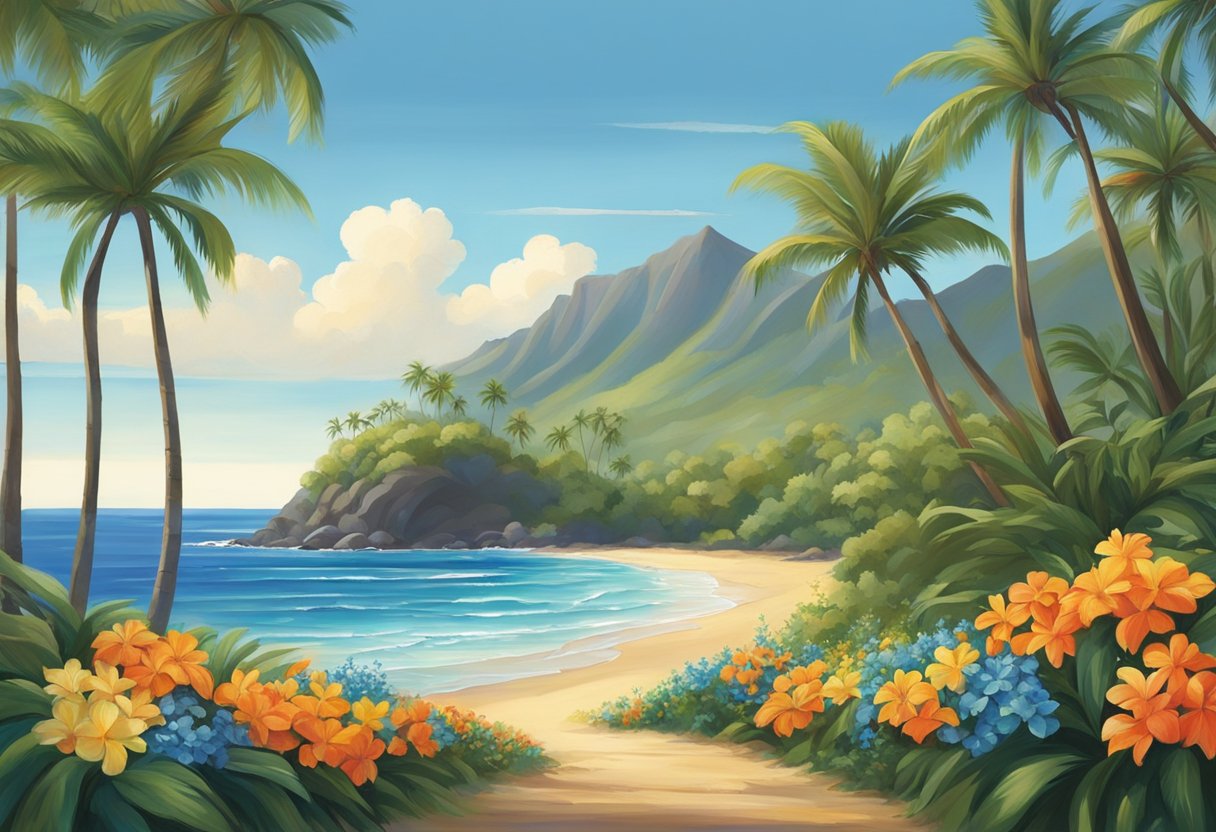
In terms of weather, Hawaii’s climate is generally consistent throughout the year with slight variations in temperature and rainfall. However, there are two distinct seasons: the dry season from April to October and the wet season from November to March. The dry season typically offers more sunshine and less rainfall, making it an ideal time for outdoor activities such as beachgoing and hiking.
Tourist crowds and prices can also impact when you decide to make your trip to Hawaii. The peak tourist season is during the summer months, primarily from June to August, when families are on vacation. The winter holidays also tend to draw visitors, but you can find relative bargains during the “shoulder seasons” of spring and fall.
Key Takeaways
- The best time to visit Hawaii largely depends on weather, tourist crowds, and personal preferences.
- The dry season from April to October typically offers more favorable weather conditions for outdoor activities.
- Opt for visiting during the “shoulder seasons” of spring and fall to avoid peak tourist times and find better travel deals.
Weather Patterns and Seasons
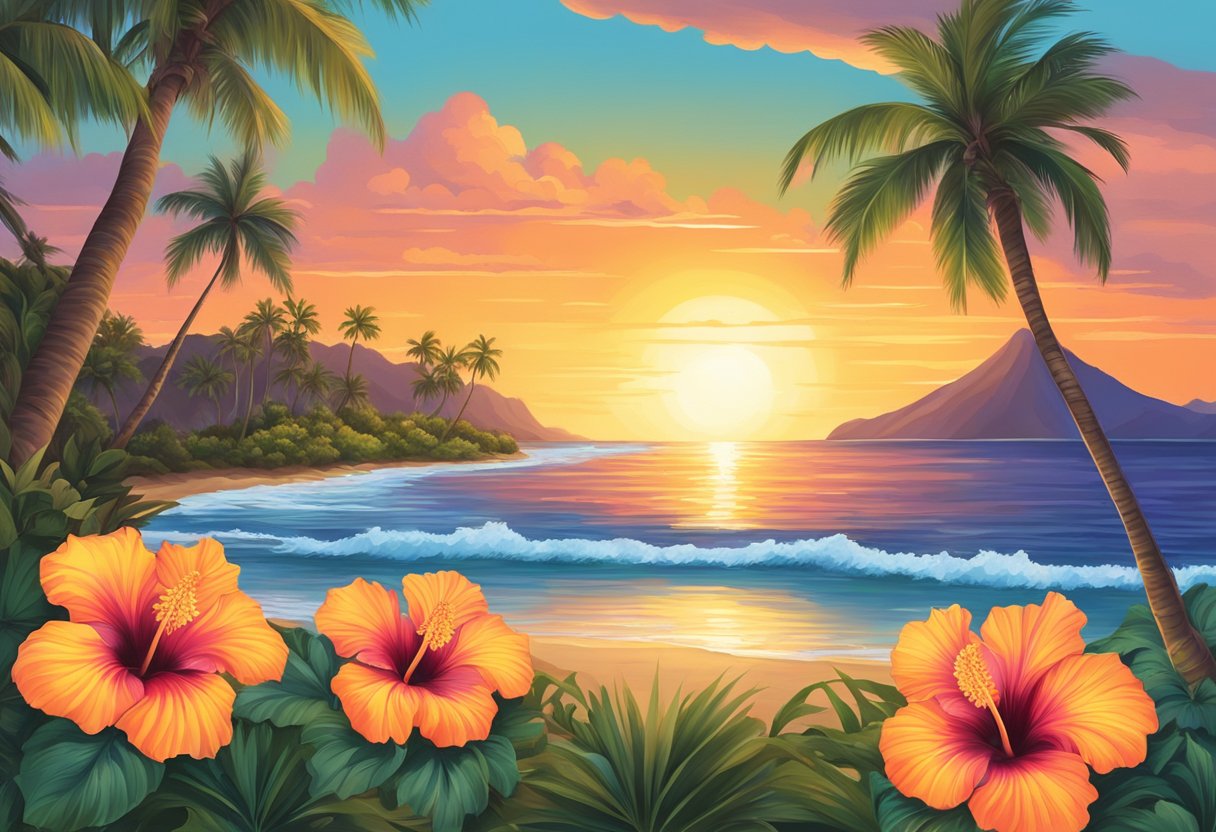
Winter in Hawaii
Winter in Hawaii spans from December to February. During this period, the weather is slightly cooler, with average temperatures ranging from 68°F to 78°F (20°C to 26°C). It’s still a wonderful time to experience the lush, tropical climate, as the trade winds keep the humidity levels at bay. Expect several rain showers during the season, especially in the more mountainous regions.
Summer Season
Summer in Hawaii lasts from June through August. During these months, the weather becomes significantly warmer, with temperatures ranging from 75°F to 88°F (24°C to 31°C). This period sees the least amount of rain, making it ideal for outdoor activities. The overall climate remains tropical, though it is drier than in winter.
Hurricane Season and Safety
Hurricane season in Hawaii lasts from June to November, peaking during August and September. Though hurricanes are rare, it’s essential to be aware of the potential risks and take necessary precautions. Stay updated with local weather advisories, and always follow safety instructions from local authorities in case of a hurricane warning.
Rainfall Variations
Rainfall in Hawaii varies across the islands and throughout the year. To give you an idea of how the rainfall varies, here’s a brief breakdown:
| Month | Rainfall (in inches) |
|---|---|
| January | 2.3 – 4.3 |
| February | 2.0 – 3.7 |
| March | 1.8 – 3.3 |
| April | 1.0 – 2.0 |
| May | 0.6 – 1.5 |
| June | 0.3 – 1.0 |
| July | 0.5 – 1.2 |
| August | 0.6 – 1.3 |
| September | 0.6 – 1.2 |
| October | 1.2 – 2.4 |
| November | 2.0 – 3.5 |
| December | 2.5 – 4.0 |
Note that these are general averages, and specific locations might experience different rainfall patterns. Coastal regions, particularly on the leeward side, typically receive less rainfall compared to inland and windward sections.
Keep these seasons and weather patterns in mind when planning your trip to Hawaii for an unforgettable experience that suits your preferences.
Tourist Crowds and Prices
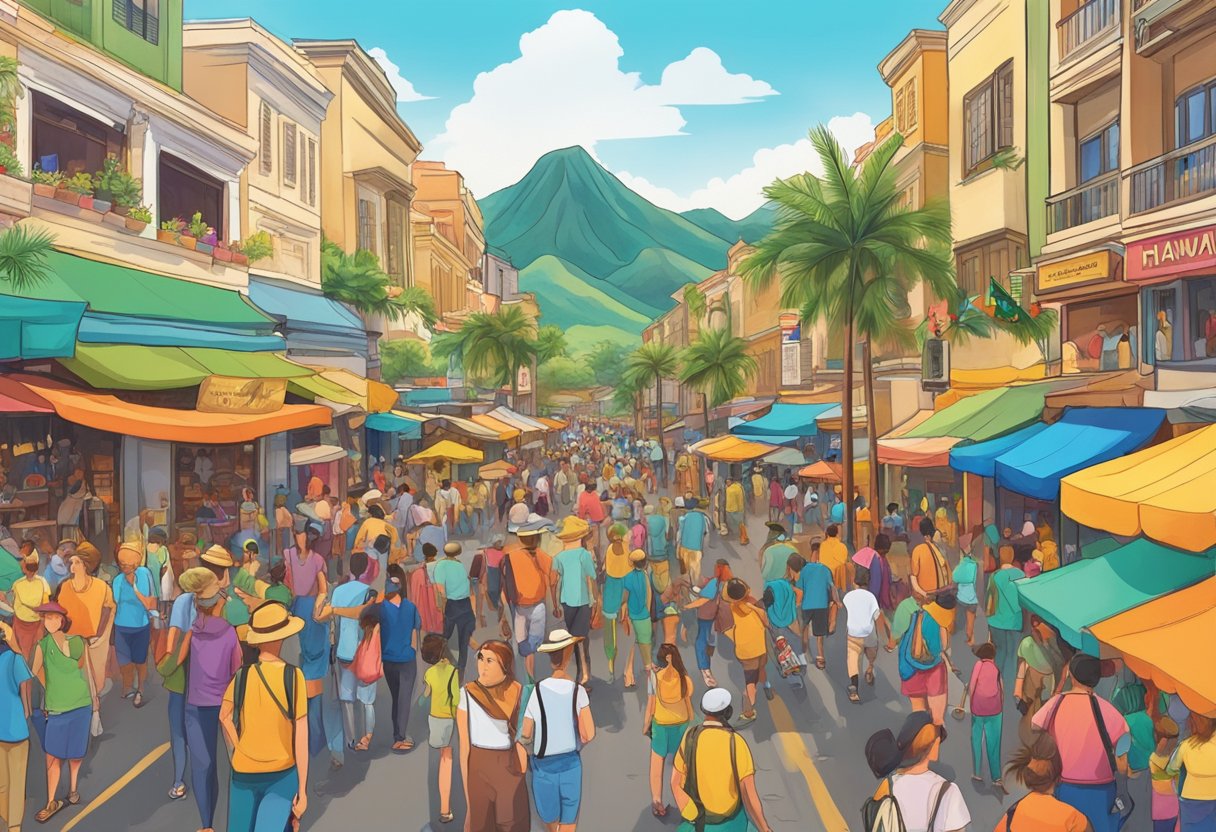
Peak Travel Periods
Hawaii experiences heavy tourist traffic during certain times of the year due to its wonderful climate and breathtaking scenery. The peak season, which runs from mid-December to April, attracts the highest number of visitors. During this period, hotel rates and airfare prices tend to rise significantly – often by 20%-30% than off-peak seasons.
| Season | Months |
|---|---|
| Peak Season | December – April |
To help illustrate the conditions of tourist crowds and prices in Hawaii, consider the following list:
- Summer Months (June – August): Families flock to the islands during this time, resulting in increased crowds but relatively stable prices.
- Holiday Periods (Christmas & New Year’s): A particularly busy time as people escape the harsh winters of mainland USA. Many travelers enjoy spending the holidays in Hawaii, which tends to drive up prices for accommodation and flights.
Off-Peak Advantages
Hawaii’s off-peak or shoulder seasons span from April to mid-June and September to mid-December. During these times, visitor numbers tend to be lower, resulting in less crowded attractions and better deals on accommodations.
| Season | Months |
|---|---|
| Shoulder Season | April – mid-June, September – mid-December |
Some advantages of visiting Hawaii during off-peak seasons include:
- Lower airfares: Tourists can often find more affordable flights during these months, potentially saving hundreds of dollars.
- Cheaper hotel rates: Accommodation prices tend to be lower outside of peak seasons, providing the opportunity to stay in luxury resorts for a fraction of the price.
- Less crowded attractions: With fewer visitors, popular sites and activities are less crowded, providing a more enjoyable and peaceful experience.
In summary, deciding when to visit Hawaii is highly dependent on an individual’s preferences and priorities. Be sure to consider factors such as crowds, rates, and weather conditions when planning your trip.
Wildlife and Natural Events
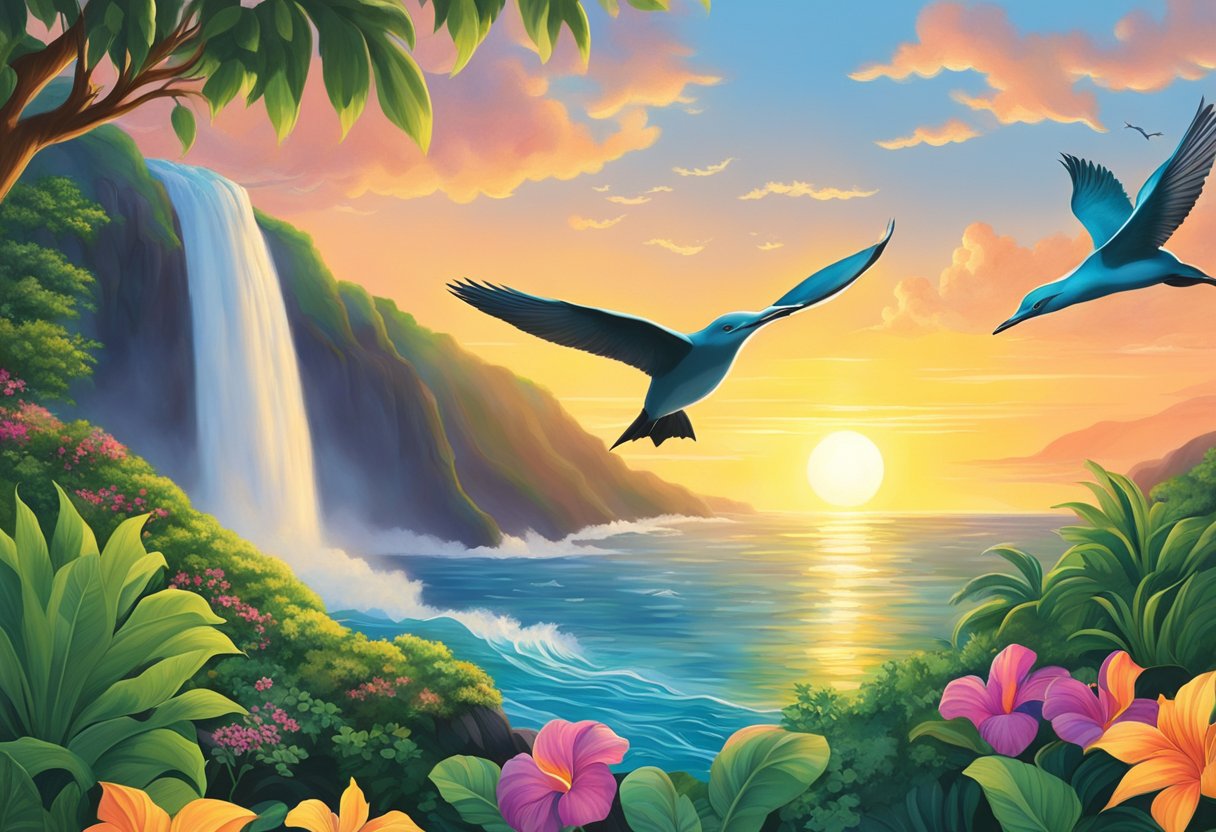
Humpback Whale Watching
One of the most captivating natural occurrences in Hawaii is the migration of humpback whales. These gentle giants travel to the warm Hawaiian waters every year between the months of December and April. Whale watching in Hawaii is a popular tourist activity due to the close proximity of whales to the islands during this period. Some prime locations to spot these majestic creatures include:
- Maui: Lahaina and the south Maui coast are particularly favorable spots.
- Big Island: Kohala and Kailua-Kona offer excellent whale watching opportunities.
- Oahu: The north and western shores are ideal for spotting humpbacks.
To make the most out of your whale watching experience, consider embarking on guided tours with experienced operators, as they know the best spots and times for optimal sightings.
Surf Conditions and Competitions
Hawaii is synonymous with surfing, boasting some of the most iconic waves and surf competitions in the world. The best time to visit Hawaii for surf enthusiasts depends on whether you are interested in spectating or participating in the sport.
The north shores of Hawaii’s islands experience giant waves during the winter months (November to February). These powerful swells attract professional surfers and international competitions. One of the most famous is the Triple Crown of Surfing, held annually on Oahu’s North Shore between November and December. This prestigious event consists of three competitions:
- Hawaiian Pro at Haleiwa Ali’i Beach Park
- Vans World Cup at Sunset Beach
- Billabong Pipe Masters at Banzai Pipeline
Keep in mind that the winter surf conditions are generally not suitable for beginners due to the strong currents and massive waves. For novice surfers, the summer months (May to September) are more appropriate. During this time, the south and west shores offer smaller, friendlier waves, perfect for learning and improving skills.
Whether your interests lie in observing majestic humpback whales or watching world-class surfers ride the waves, Hawaii’s rich wildlife and natural events offer unforgettable experiences for all visitors.
Cultural Festivals and Activities
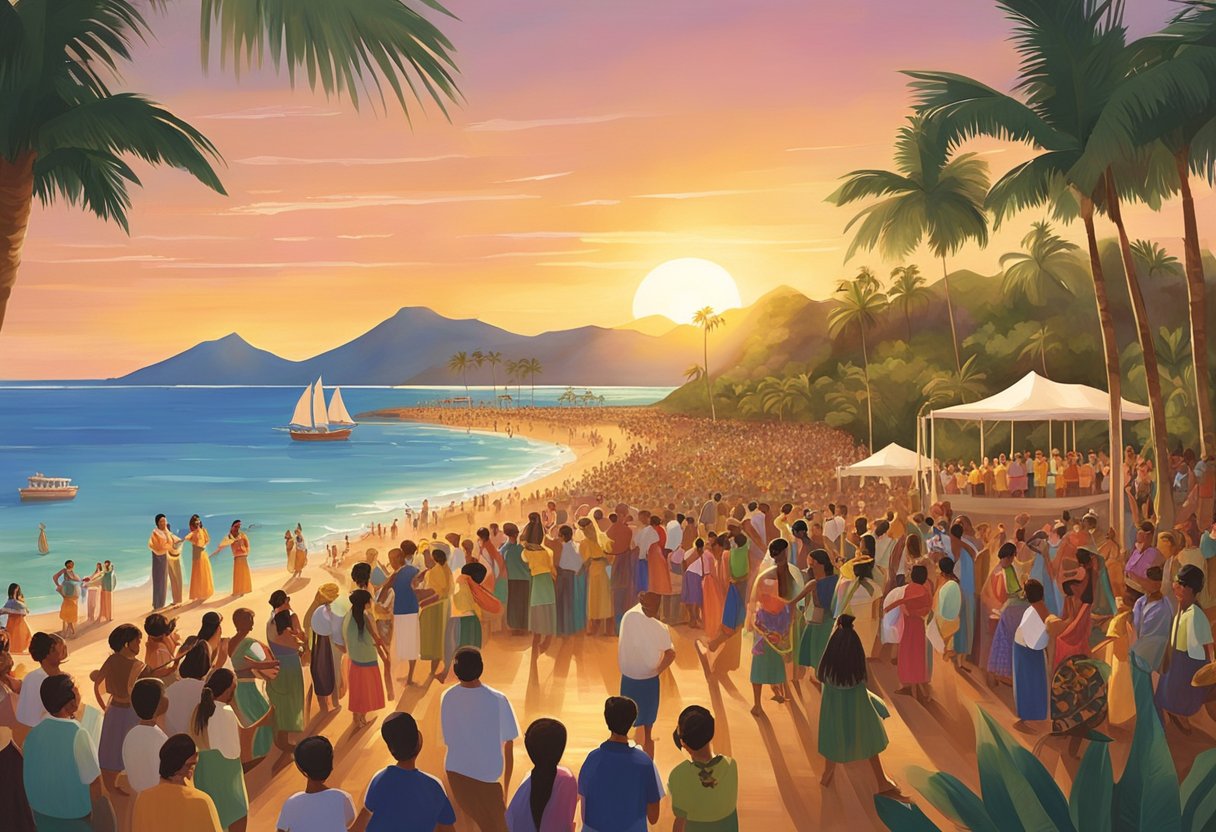
Hawaii’s rich culture and vibrant atmosphere provide a unique experience for visitors. Throughout the year, the islands host various cultural festivals and activities. In this section, we will discuss two categories of these events, namely the Aloha Festivals and Celebrations and the Sports and Film Events.
Aloha Festivals and Celebrations
Hawaii is widely known for its Aloha spirit, which is celebrated with traditional events such as hula dancing and music performances. Among the most prominent festivals and celebrations are:
- King Kamehameha Day (June 11): This annual state holiday commemorates the iconic King Kamehameha the Great, who united the Hawaiian Islands in 1810. Parades, floral tributes, and cultural events can be found on various islands during this day.
- Merrie Monarch Festival (Spring, usually in April): A week-long event dedicated to preserving and celebrating the art of hula. Participants, both male and female, from around the world gather to compete in prestigious hula competitions.
- Aloha Festivals (September): Originally known as “Aloha Week,” this month-long celebration of Hawaiian culture features music, dance, and history events. The highlight of the festival is the Floral Parade, with its elaborate floats decorated with native flowers.
Sports and Film Events
Hawaii also hosts various sporting events, film festivals, and other activities that provide an opportunity for visitors to immerse themselves in the island lifestyle. Some notable events in this category include:
- Honolulu Marathon (December): One of the largest marathons in the world, attracting over 25,000 participants each year. The course leads runners through beautiful Honolulu before concluding at Kapiolani Park.
- Kapalua Wine & Food Festival (June): This four-day event features wine seminars, cooking demonstrations, and tastings, accompanied by local cuisine and stunning views at the luxurious Kapalua Resort.
Regardless of the time of year, it’s evident that Hawaii offers a diverse range of cultural festivals and activities, making it an ideal destination for art, sports, and food enthusiasts.
Choosing the Right Island and Location

Hawaii is a beautiful place that offers a variety of attractions and activities for visitors to choose from. The key to having a perfect Hawaiian vacation is selecting the right island and location for your interests and preferences. In this section, we will focus on three popular destinations: Oahu and Honolulu, Maui, and the Big Island.
Oahu and Honolulu Highlights
Oahu is home to the bustling city of Honolulu and the famous Waikiki Beach. This island offers a mix of city life, stunning beaches, and an abundance of natural beauty. Some popular activities on Oahu include:
- Exploring Waikiki with its high-end shopping malls, diverse dining options, and pristine beaches
- Visiting Kailua for kayaking, windsurfing, and swimming at the beautiful Lanikai Beach
- Checking out the North Shore for world-class surfing, hiking, and laid-back atmosphere
Maui’s Natural and Cultural Attractions
Maui is well-known for its picturesque scenery, diverse landscapes, and rich cultural heritage. A few of the top attractions on the island include:
- Witnessing the breathtaking sunrise at the summit of Haleakalā, Maui’s largest volcano
- Driving the scenic, winding Road to Hana to explore lush rainforests and cascading waterfalls
- Snorkeling at the crystal-clear waters of Molokini Crater, teeming with marine life
- Immersing yourself in Hawaiian culture at the various luaus and traditional performances
Adventures on the Big Island
The Big Island offers a variety of unique attractions for adventure-seekers and nature enthusiasts. Some exciting activities on the Big Island include:
- Exploring the fascinating Hawaii Volcanoes National Park, home to active volcanoes Kīlauea and Mauna Loa
- Snorkeling or scuba diving with manta rays off the Kona Coast
- Stargazing at the world-renowned Maunakea Observatories located at the summit of Maunakea
By considering your interests and preferences, you can select the perfect Hawaiian destination that offers the right mix of activities, attractions, and experiences for your dream vacation.
Frequently Asked Questions
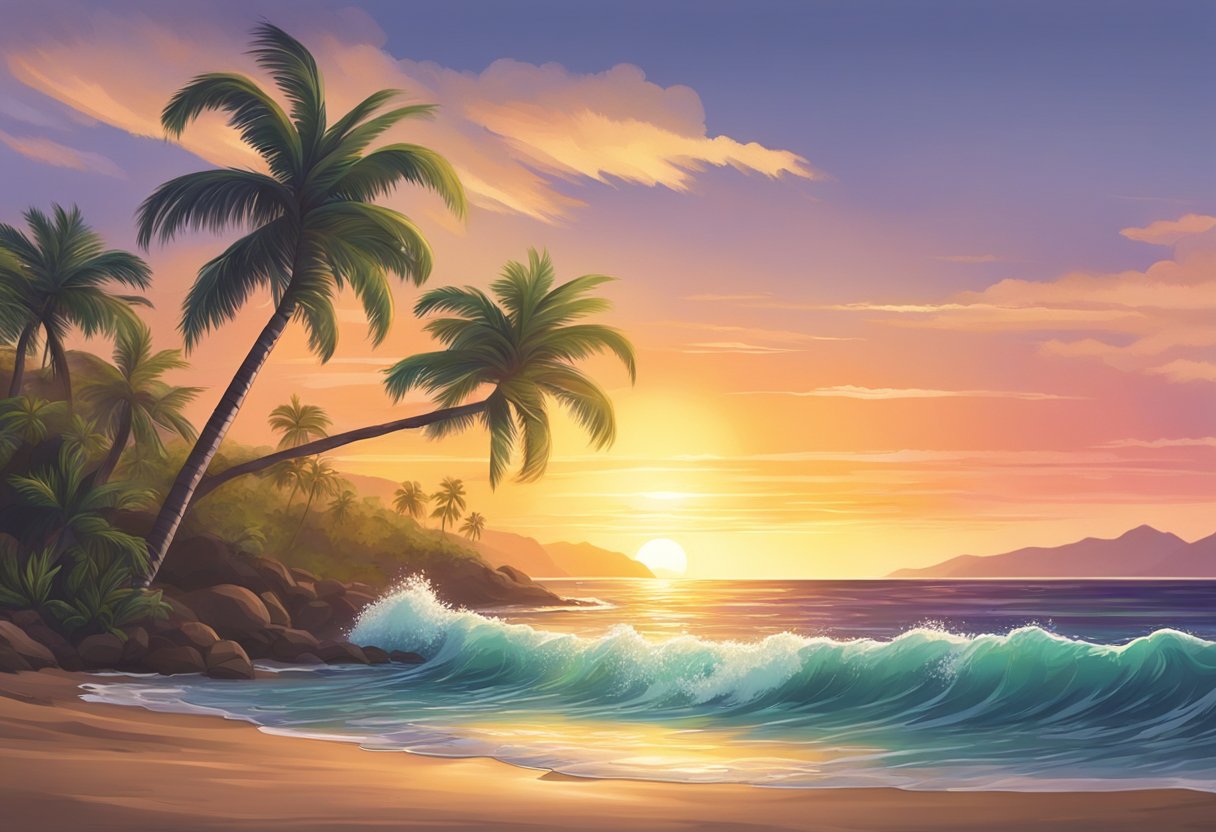
What times of year offer the best weather for a Hawaiian vacation?
The ideal time for a Hawaiian vacation with great weather is during the months of April, May, September, and October. During these times, the temperature is mild, and the rainfall is not at its peak. However, Hawaii has a pleasant climate all year round, so one can enjoy their vacation at any time.
Which months should be avoided due to heavy tourism and higher prices in Hawaii?
The busiest months in Hawaii are June, July, August, and December. These months coincide with summer vacations and the winter holiday season, leading to increased tourism. Consequently, prices for flights and accommodations are higher during this period.
How does the season affect flight and accommodation prices in Hawaii?
In general, the peak seasons for tourism in Hawaii lead to higher prices for flights and accommodations. June, July, August, and December are considered peak seasons due to their popularity among tourists. Off-peak seasons, such as April, May, September, and October, usually have lower prices for flights and hotel bookings.
What part of the year is considered the off-peak season for more budget-friendly travel to Hawaii?
The off-peak season for budget-friendly travel to Hawaii is during the months of April, May, September, and October. During these months, tourism is not at its peak, leading to lower prices for flights and accommodations compared to the busy summer and winter holiday seasons.
During which months can one experience Hawaii with fewer tourists?
Visitors looking for a more tranquil experience in Hawaii can plan their vacation during the months of April, May, September, and October. This period is considered the off-peak season, resulting in fewer tourists and a more relaxed experience overall.
Are there specific months known for increased rainfall that might affect travel plans in Hawaii?
Although Hawaii boasts pleasant weather throughout the year, the months of November through March may see increased levels of rainfall. This could potentially affect travel plans during these times. However, rainfall patterns can vary across the islands, and some areas may still offer plenty of sunshine even during the rainier months.
